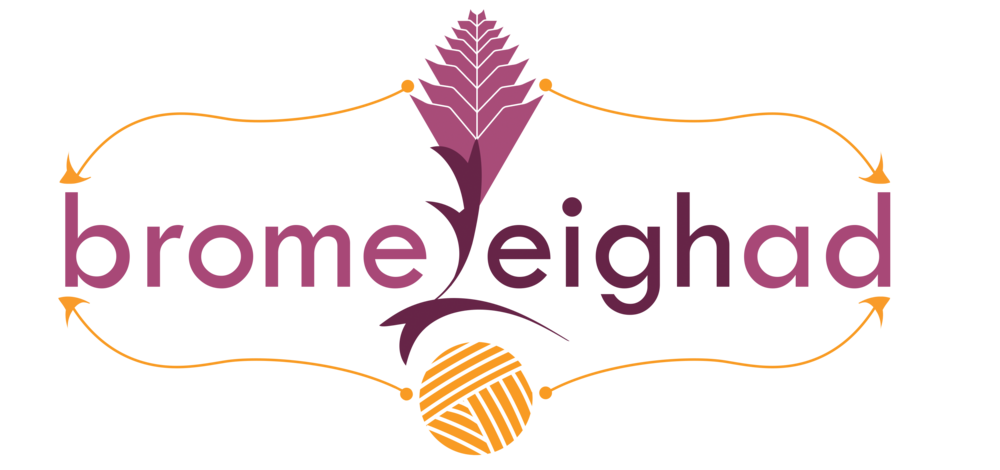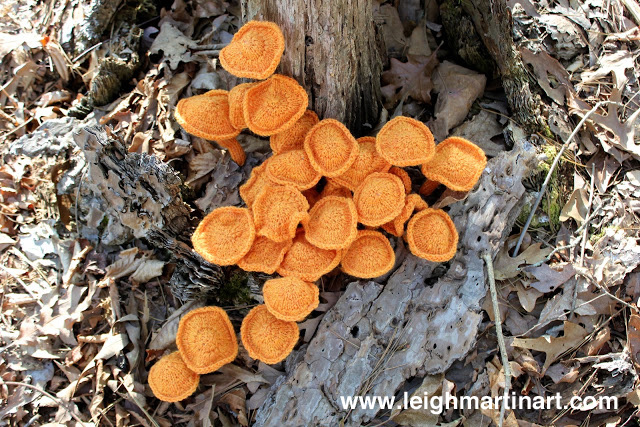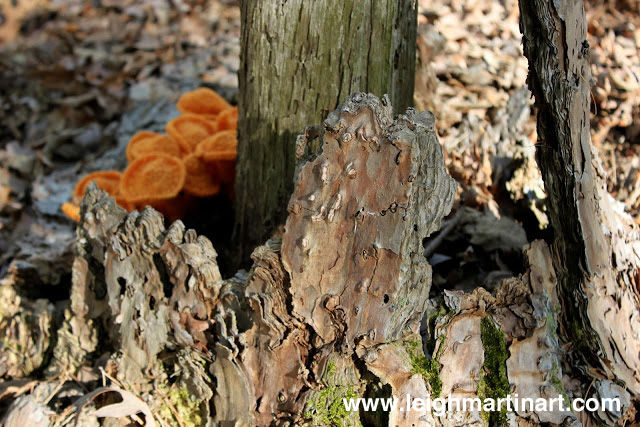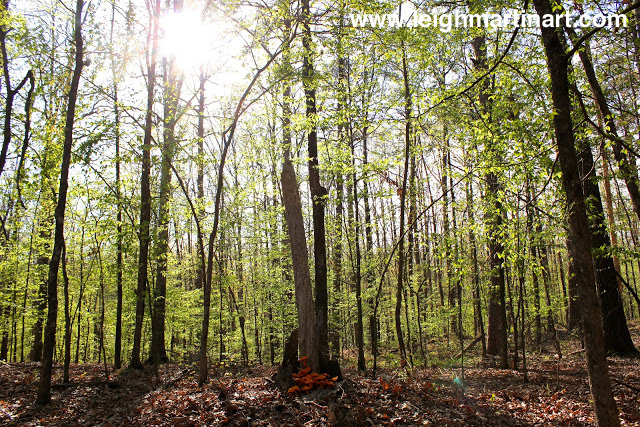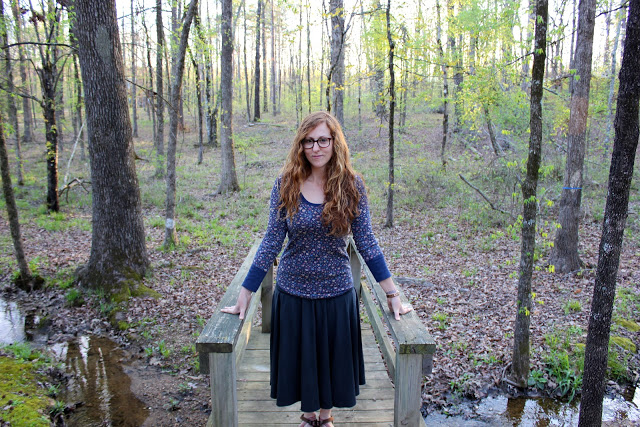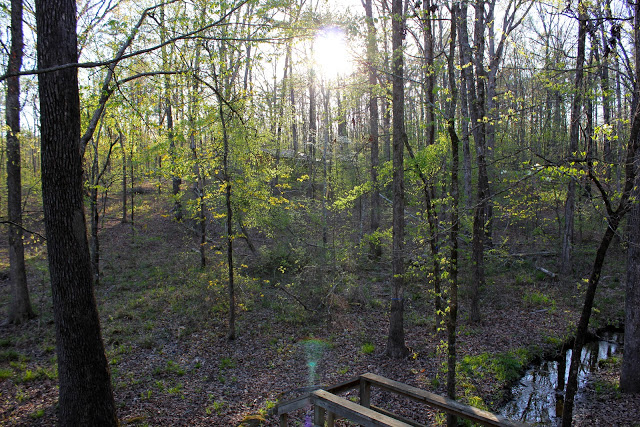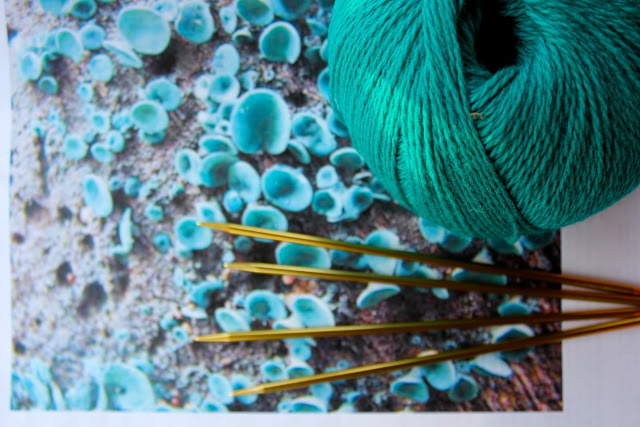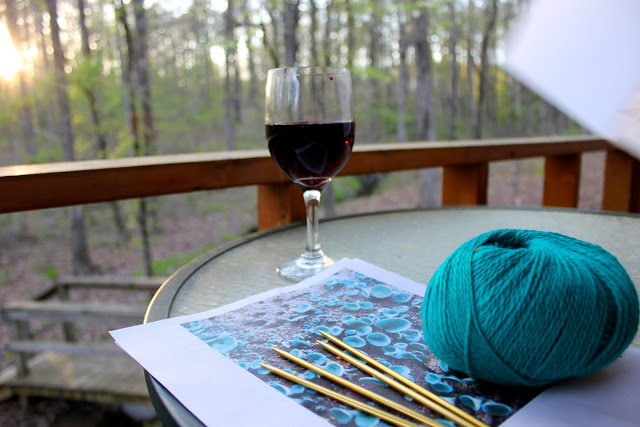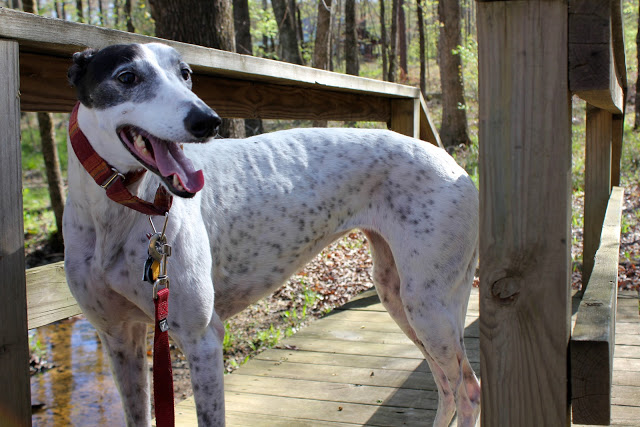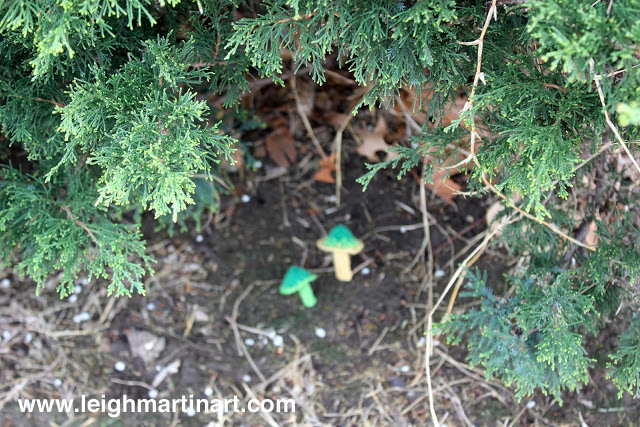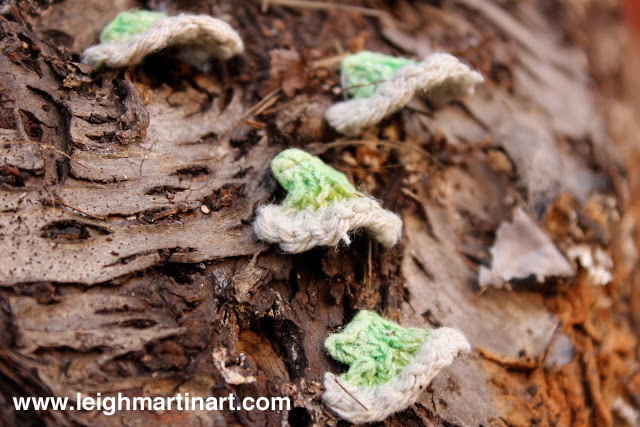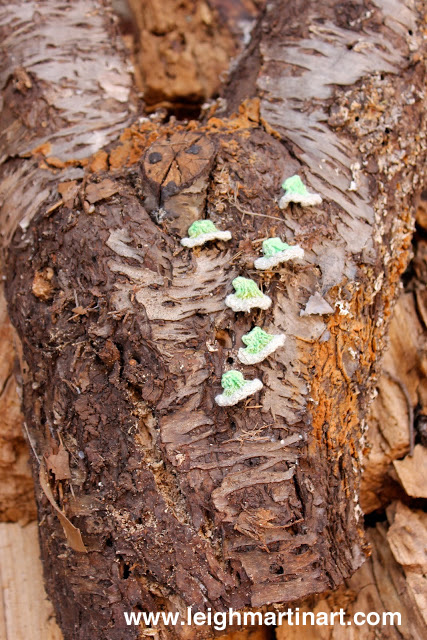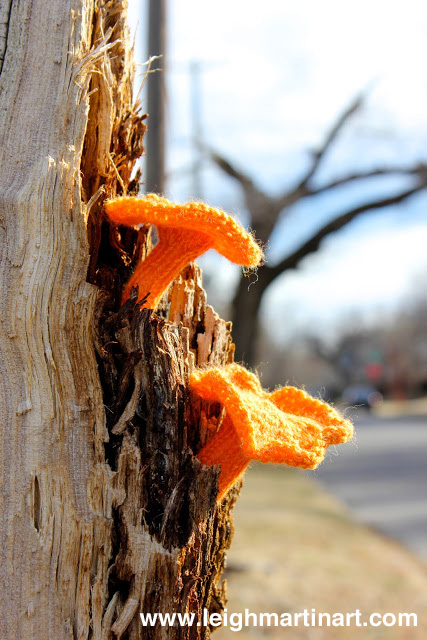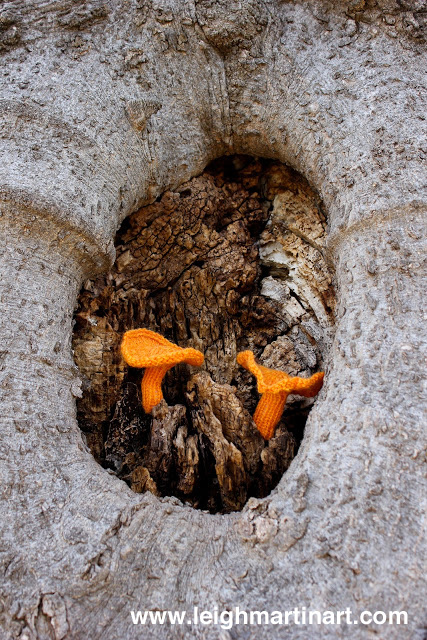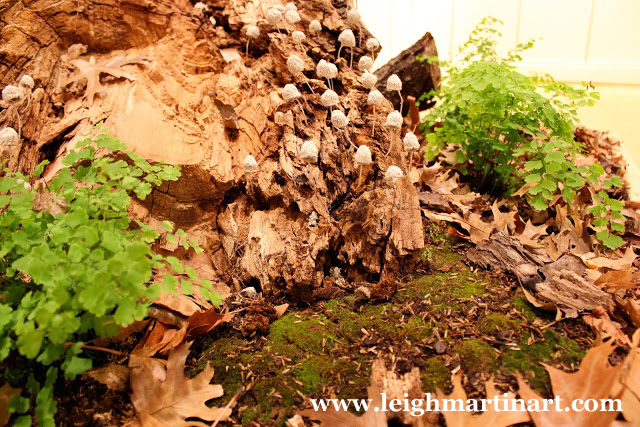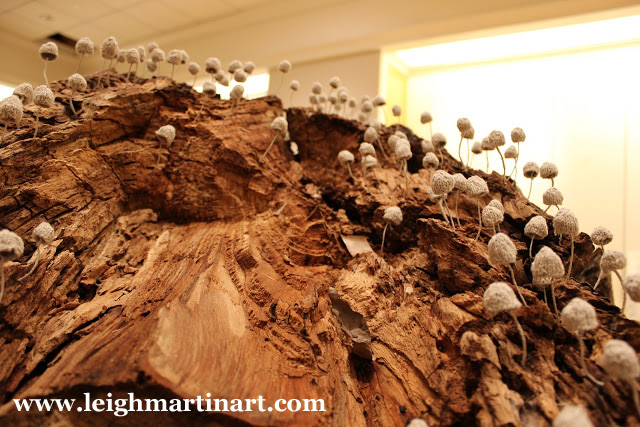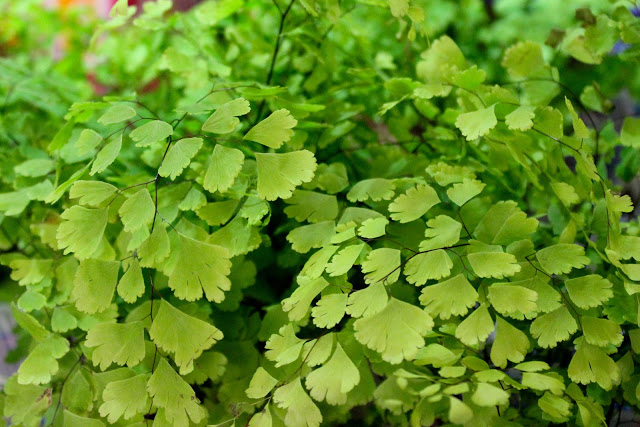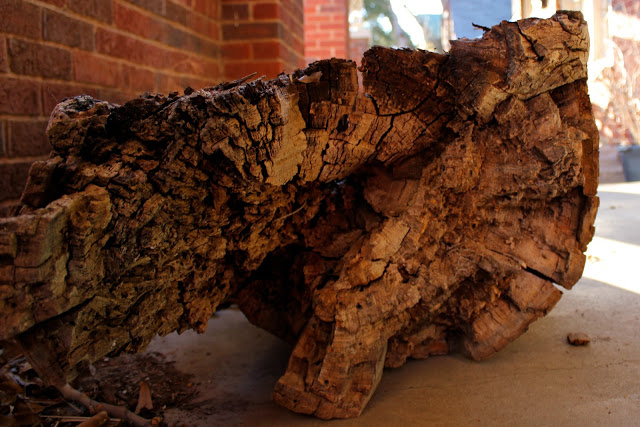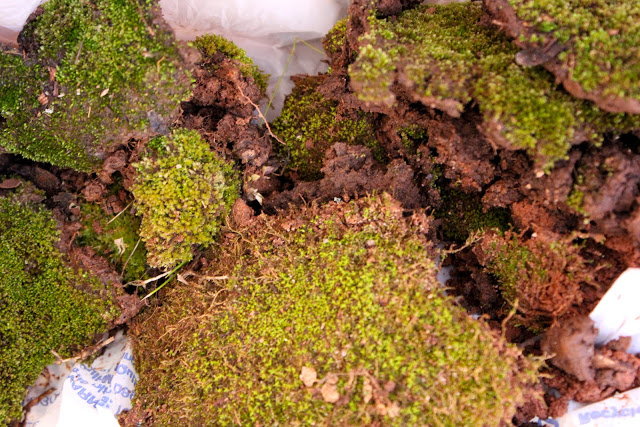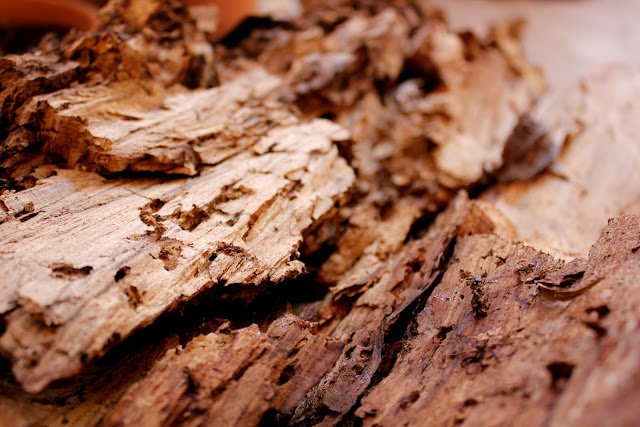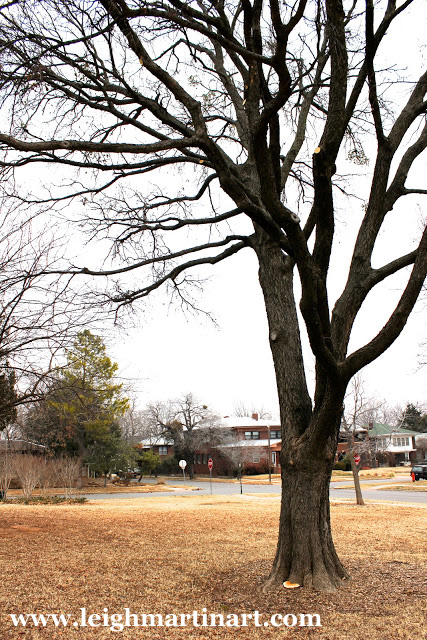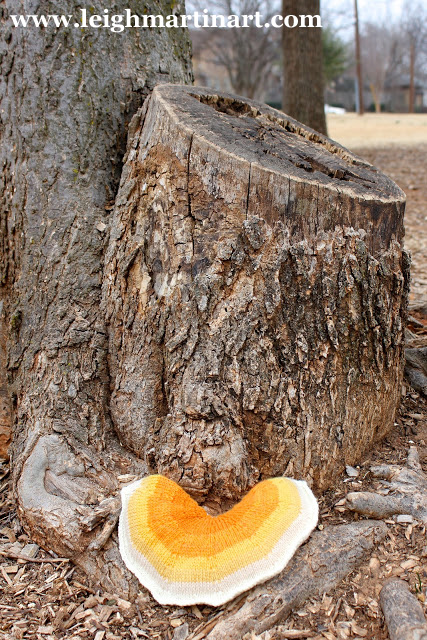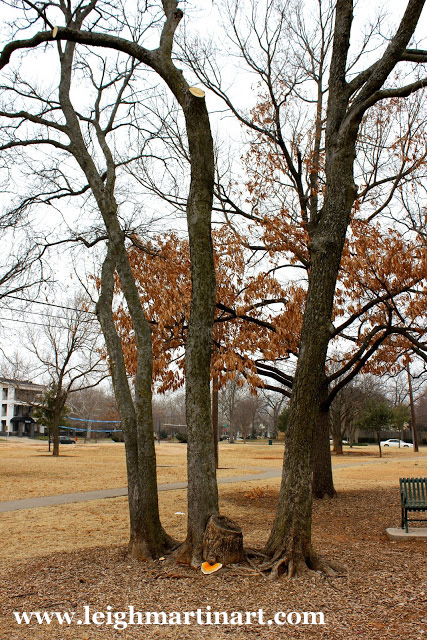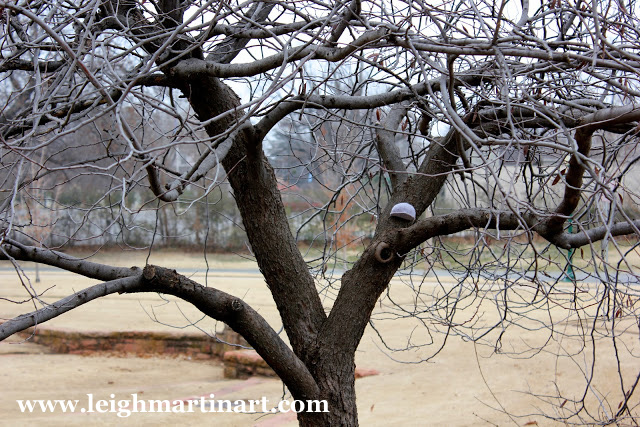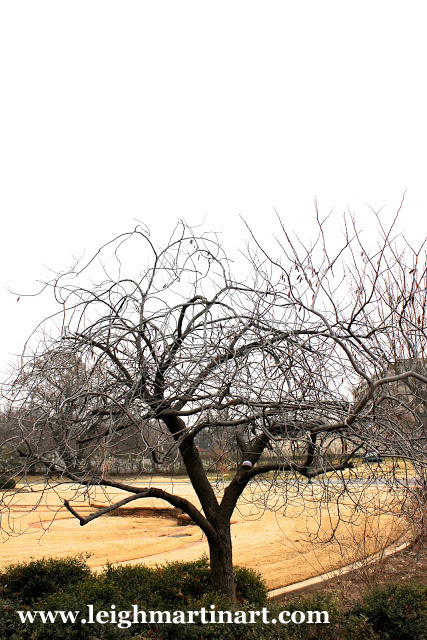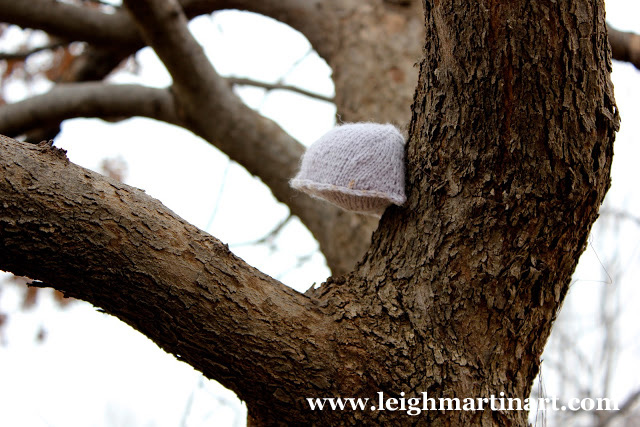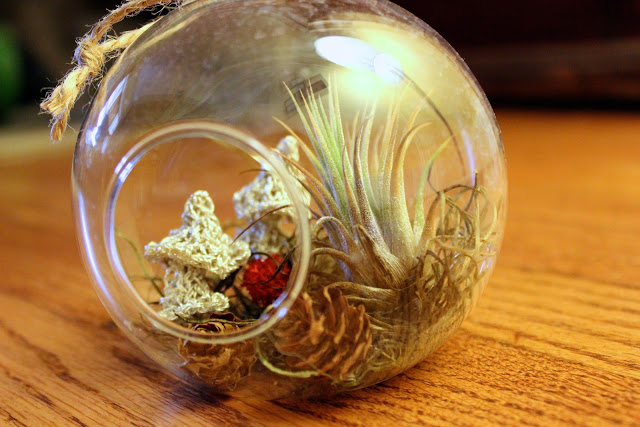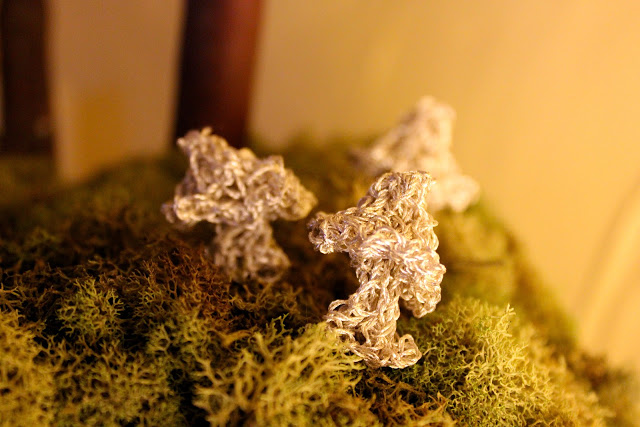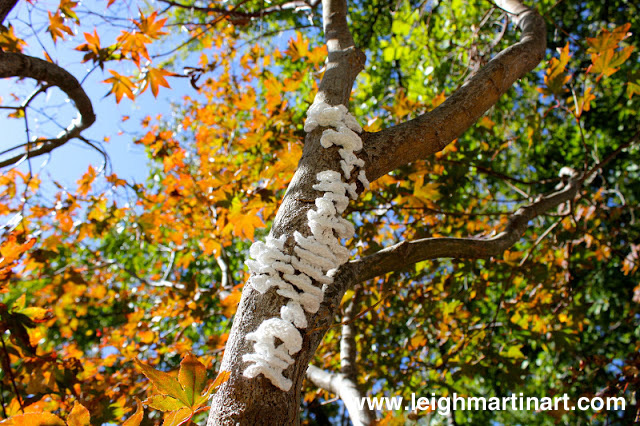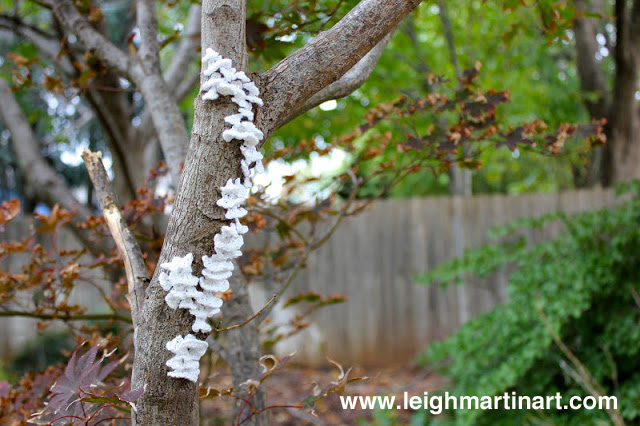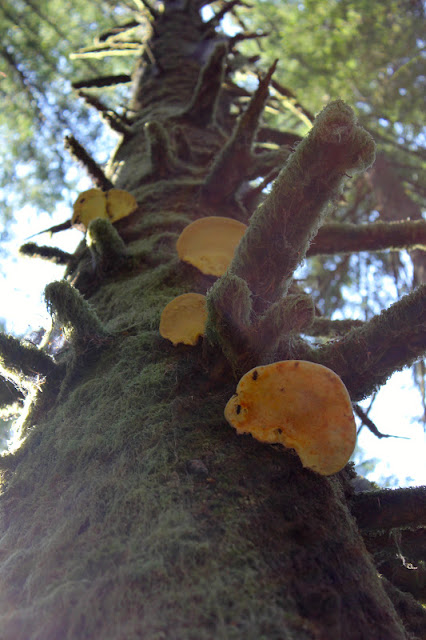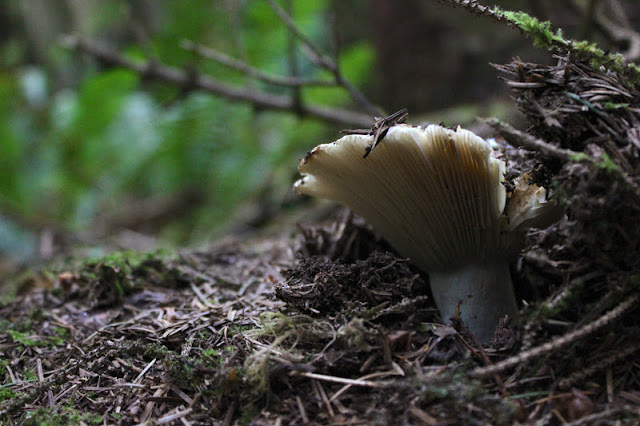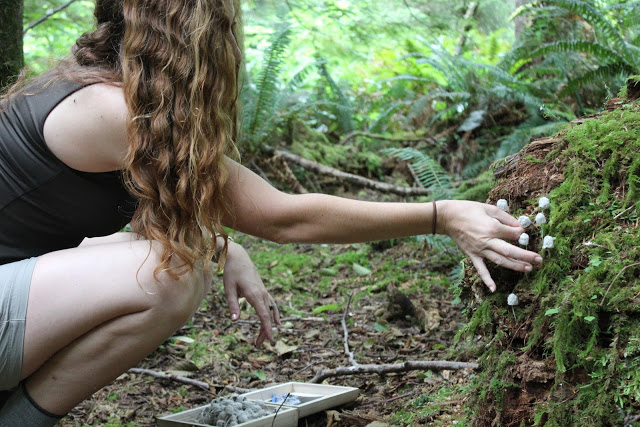It's no secret that I have an affinity for fungi, and that I am also a slightly obsessed knitter. I've decided to challenge myself this year (because after all, what is the New Year for if not for challenges) to take my favorite combo (knitting and fungi) to the next level by knitting 52 different forms of fungi in 2013. That's one form of fungi per week, if you do the math, but for the sake of giving myself a little flexibility during the busy times we will just say that the "one per week" has a December 31st deadline. The above photo is not my first week's fungi - if you've been following the blog for a few months you will recognize this as an image of my
Stacks installation from the
Decomposition series. I do have a few parameters that I will follow for this initiative:
1. These will not be all out installations, but merely one or two pieces of varied types of fungi. Some of them may turn into phases of the
Decomposition series, but they don't HAVE to.
2. I may or may not identify the type of fungus - sometimes it's difficult to key out the species and while tree ID is my thing I'm a little new in my interest in mycology. Some of the pieces may just be inspired by a mushroom/polypore I saw somewhere, whether in the wild or in a book or on the internet.
3. These do not have to be native to my locality. Because really, who other than a fungi specialist will know the difference!? I say this biting my tongue a little bit, because I myself am a stickler for making things look "realistic", if by realistic you mean calling out the discrepancies in rock climbing technique in movies like The Descent. Yeah. We won't go there, but the focus here is on the forms themselves, not the culture of them.
Those are my main rules, so let's see where this takes us, shall we? I have a couple of other challenges that I may touch on later (I'm an ambitious one), but I'll save those updates for when I actually have something to update on. I would like to post some minor goals each month rather than my big year long bucket list (which I did write), and then post again once I accomplish them. Alas, more to come in the future. You'll want to stick around. Will I succeed? Will I fail? Will my husband cry out in frustration because we can't ever watch movies with subtitles? You'll have to wait and find out...
